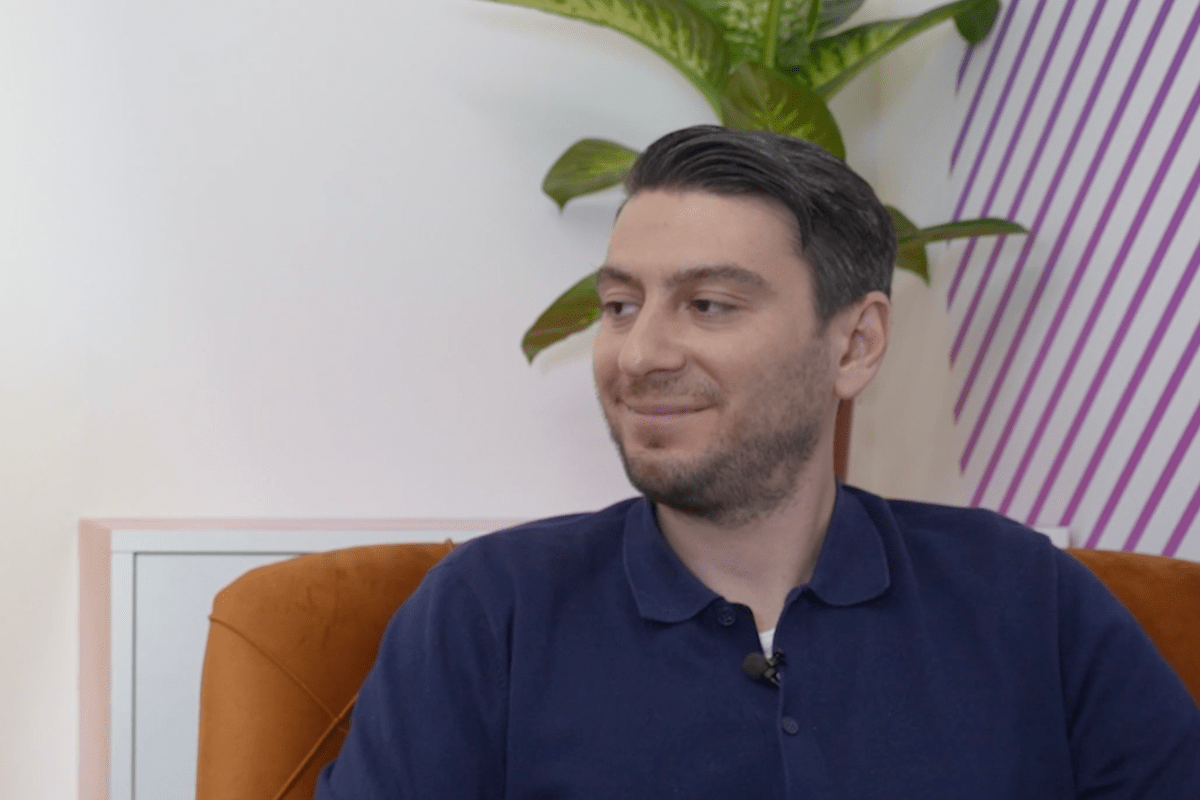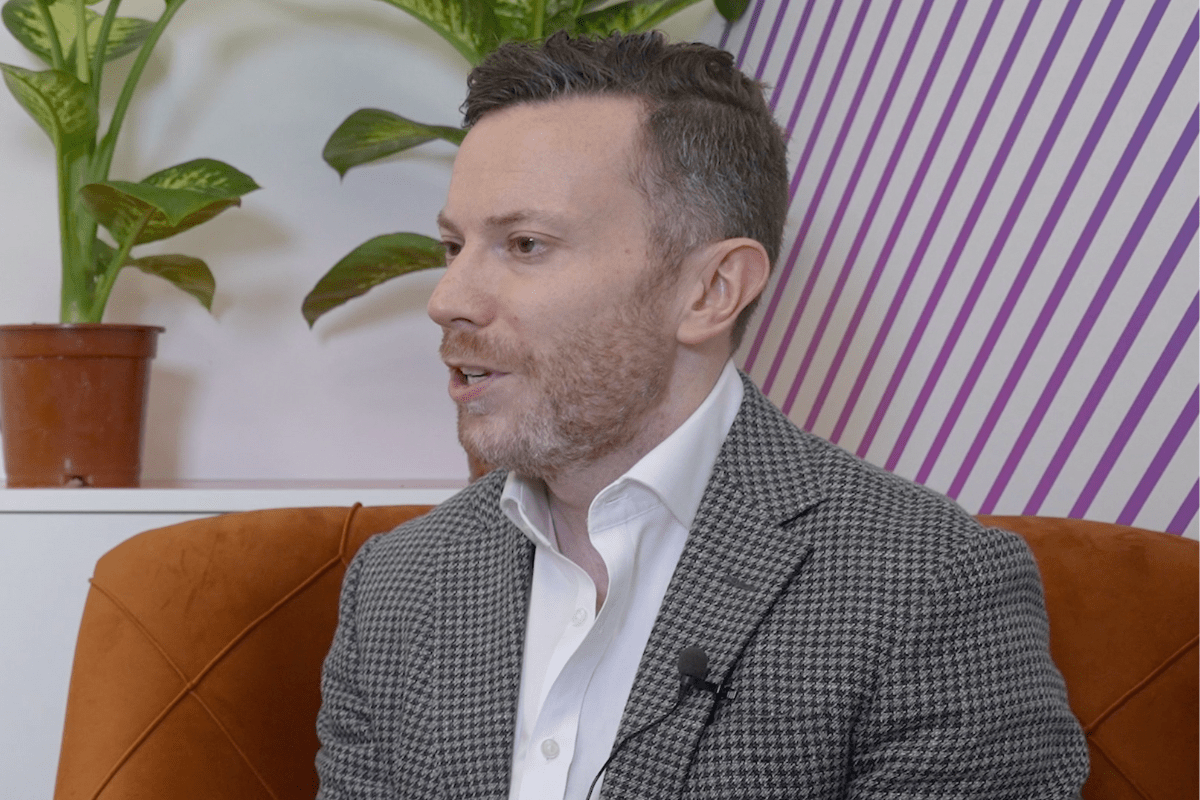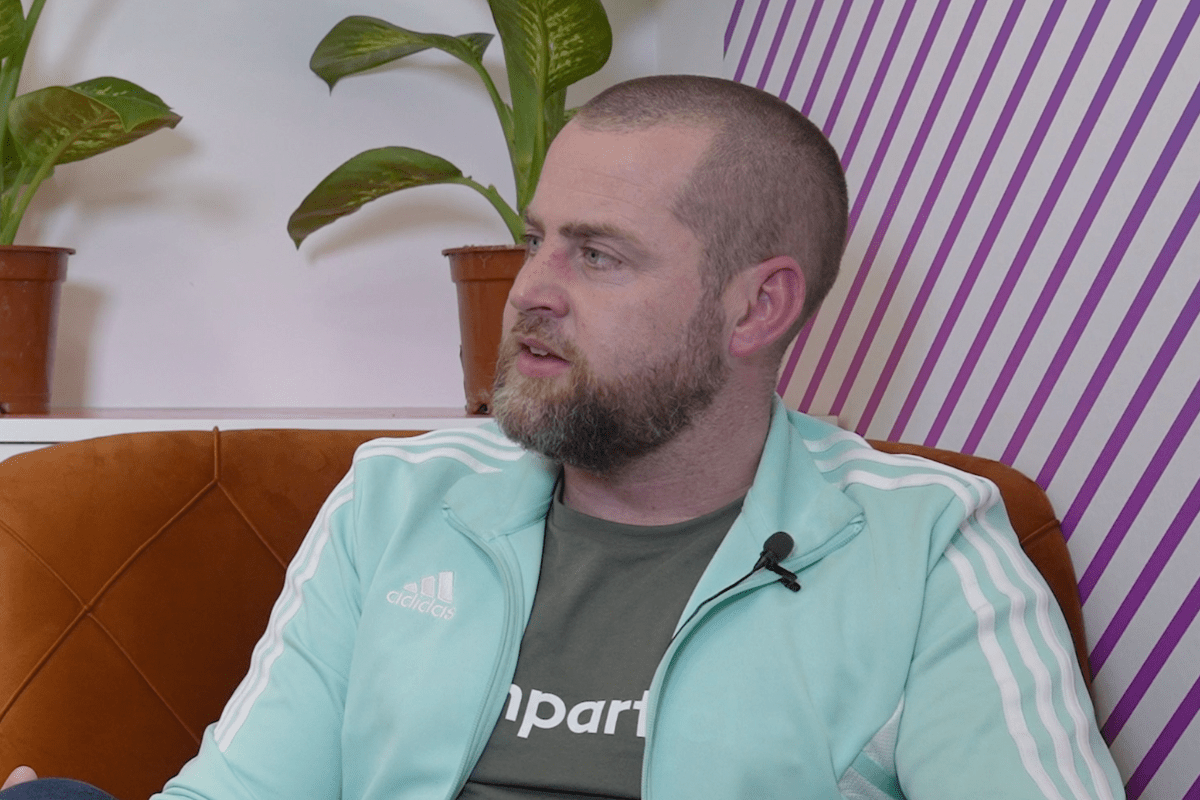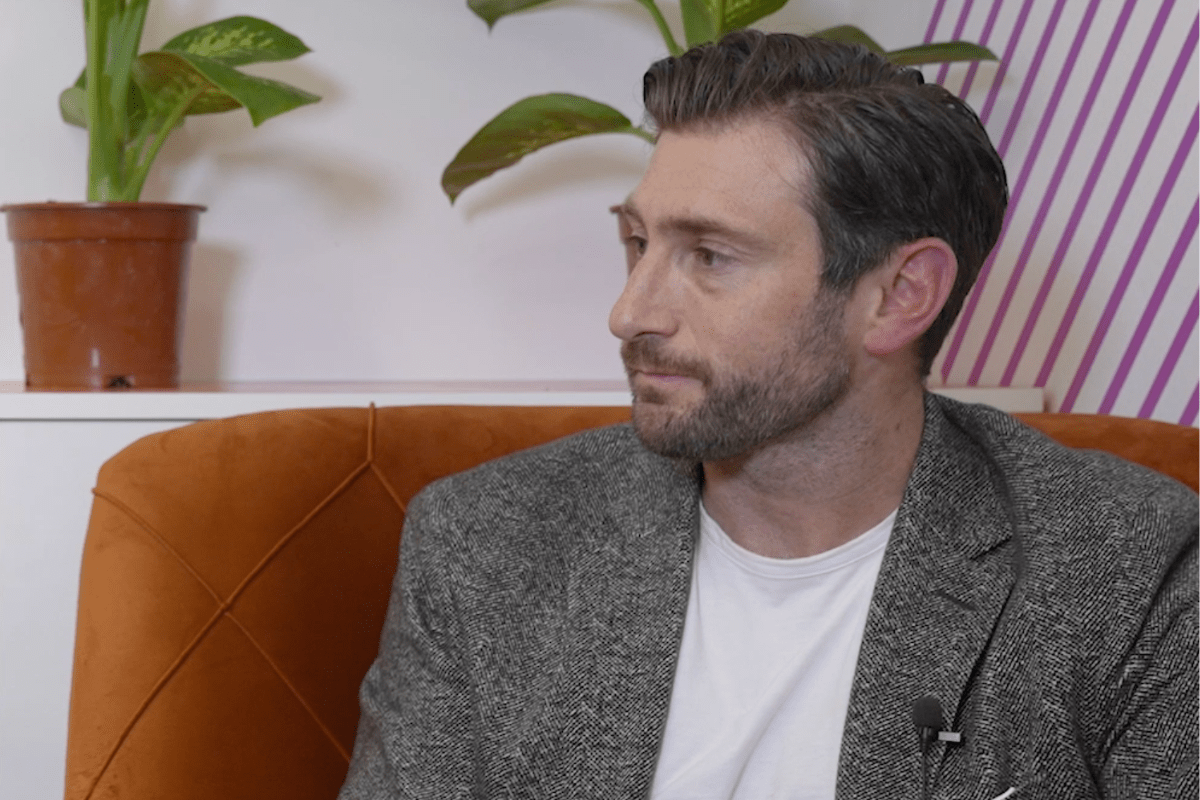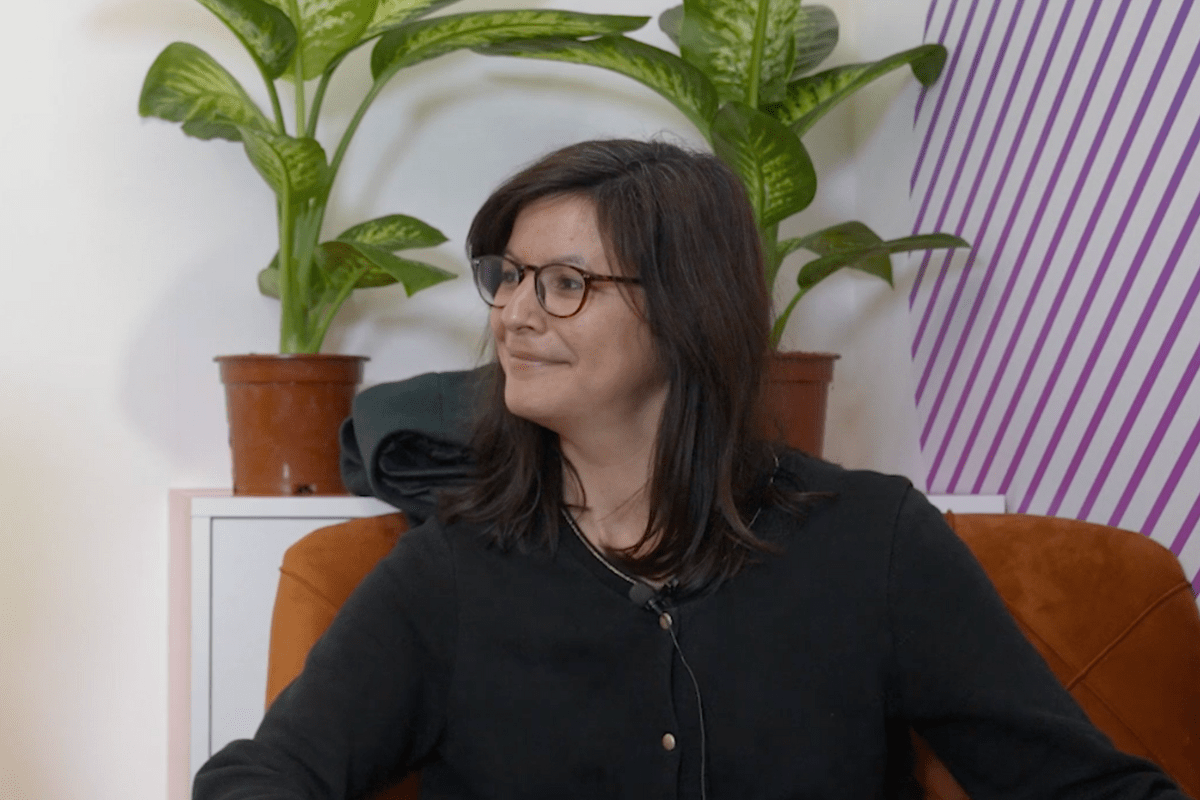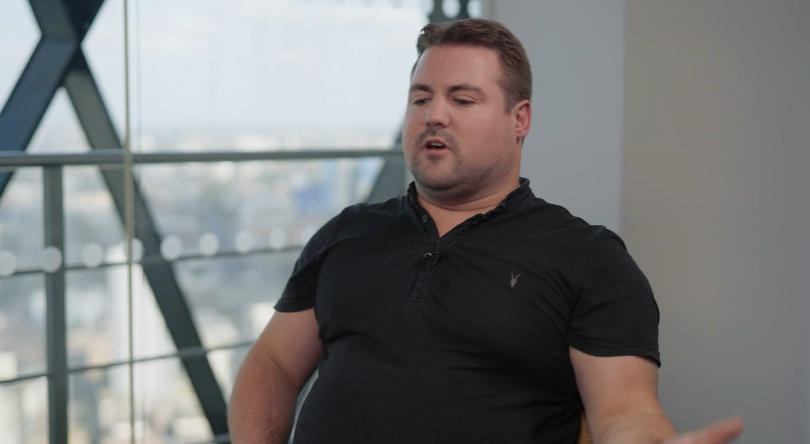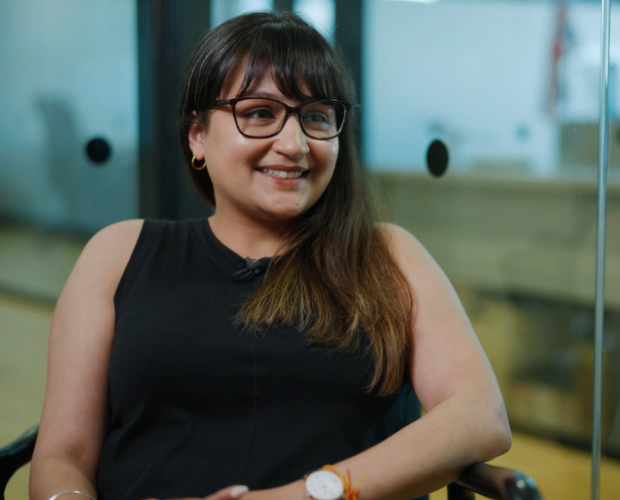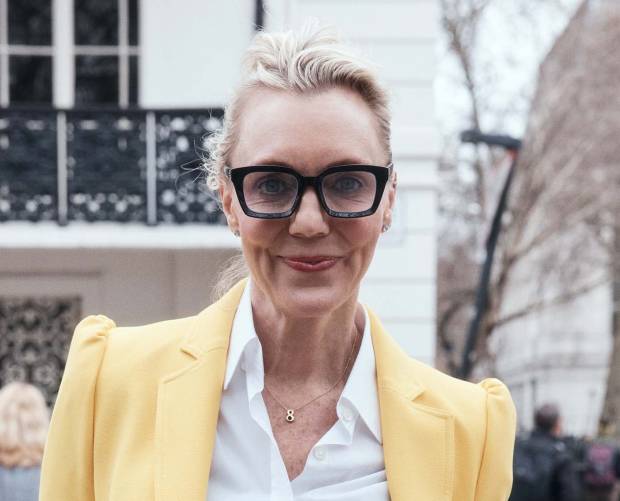Mobile Marketing Magazine meets Simon Kvist Gaulshøj, CEO of Adnami.
Mobile Marketing: So what’s the story behind Adnami, and what is your role within the company?
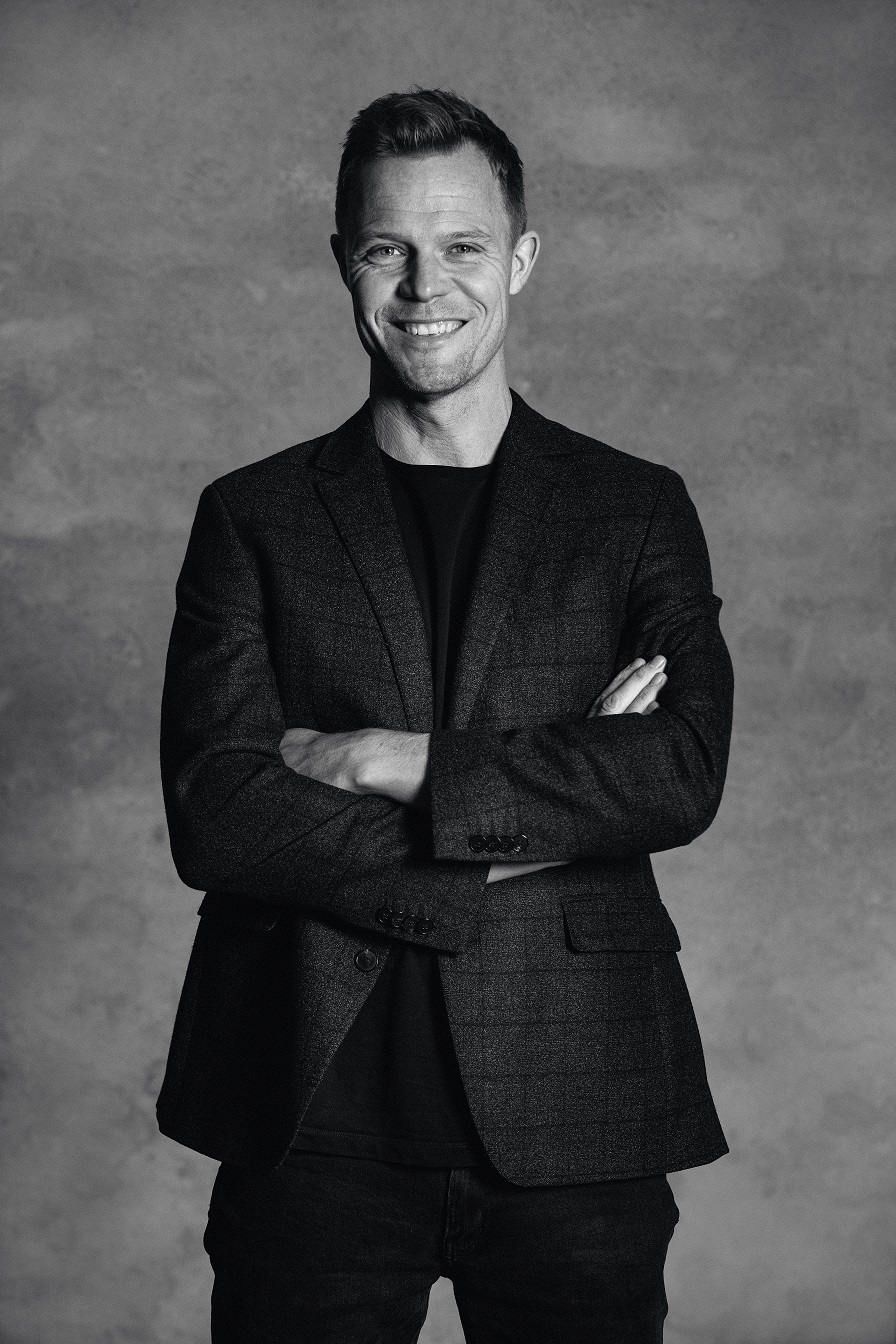 Kvist Gaulshøj: Adnami was founded in Denmark in 2017 by a group of successful entrepreneurs who had identified a gap in the market for a technology solution that would make it easier and more cost effective for media companies and advertisers to transact high impact ads at scale through the programmatic platforms.
Kvist Gaulshøj: Adnami was founded in Denmark in 2017 by a group of successful entrepreneurs who had identified a gap in the market for a technology solution that would make it easier and more cost effective for media companies and advertisers to transact high impact ads at scale through the programmatic platforms.
I joined the business as CEO in March 2019 after a decade in ad tech organisations. I’ve worked in companies of varying sizes, from AOL Europe to, most recently, Danish tech-based data business Audience Project, but what excites me most about Adnami is the potential that advertisers have to leverage a hugely untapped opportunity within digital advertising.
We have offices in Copenhagen and Stockholm and expanded into London in 2020. In recent weeks we announced the business had received investment to further scale internationally; we hope to triple our operation next year alone, which reflects the widespread excitement around high impact digital advertising.
MM: Can you explain what you mean by high impact advertising?
KG: High impact formats are digital ad formats that are extremely effective at capturing users’ attention and facilitating brand impact through engaging rich media creative. It goes beyond standard display, so anything from Fluid Skins, vertical video scrollers or Top- or Mid-Scrollers. Essentially they take over the visual aspect of the website with eye-catching creative that really stops people in their tracks. It is exactly what it says: high impact. You cannot fail to see the ad and remember the brand and, thanks to effective targeting, with ads hitting the right demographic in the right context, interaction rates are high and action is significantly more likely.
MM: What is it about high impact advertising that’s particularly attractive to brands?
KG: I think these days we are bombarded by so much advertising, it is increasingly hard for brands to stand out online. Consumers spend a huge number of hours on their computers or smartphones and it is proven that they tune out some digital advertising. It doesn’t matter how well tailored ads are to an audience, the brain can get used to seeing things like banner ads and either forget or ignore them. With high impact ads, brands have a broader scope for creativity which grabs the attention of the user and, in turn, drives impact and action. In a very cluttered market, everyone is looking for the best return on investment, and we know high impact advertising does just that.
MM: What exactly is it that Adnami does in this space?
KG: This type of advertising is not a brand new concept, but until we came along it was an overly complex way to trade high impact directly from publishers at scale. Publishers have many different sites and layouts, and if a brand wanted to advertise in several different places within that publisher’s portfolio, the advertiser or agency had no option but to reformat their creative to endless different specifications. Alternatively, they could outsource this to a third party, which would devalue the transaction for both the advertiser and the publisher. Our proprietary technology allows publishers to supply templates and lets agencies digitally rework their ads into the different formats required. Crucially, they can then buy ad space programmatically by plugging into the vast range of DSPs with whom we work.
MM: So who do you work with predominantly?
KG: We democratise our products and work with all partners in the process, but publishers and media agencies for the most part. Some brands who have chosen to in-house their digital media buys are working with us directly as well.
We have enjoyed significant growth in 2020, for which we are obviously very grateful, and in October we ran over 1,100 campaigns for clients including Heineken, BMW, American Express, Disney, Lego, Samsung and Red Bull. We work across all verticals and sectors, from FMCG to finance.
MM: What would you say your biggest challenges are, day-to-day, as a business?
KG: We are continually working to get the message out there that the industry needs to up its game when it comes to improving the creativity in digital advertising. I think some corners of the industry have become a little complacent and opt for quantity over quality but the scattergun approach no longer works. Once it was accepted practice to throw an ad out to hundreds of websites using cheap formats and hope for the best. Creativity is the biggest driver of action – of sales – and now agencies don’t have to compromise. Thanks to the automation we facilitate, they can buy creatively impactful ads programmatically at little more than the click of a button.
MM: What do you see Adnami’s role as going forward? What industry issues do you feel you’re set up to solve?
KG: We are perilously close to a cookie-less digital landscape, and I think a lot of advertisers are going to be caught short when they can no longer follow people around the internet. Tech providers that enable brands and agencies to access first party data will stand out as everyone seeks that edge when it comes to targeting. By booking ads direct with the publisher via our platform, brands maintain that critical access to first party customer data which would be lost if they were to go through an intermediary. As the data play gets increasingly challenging, advertisers will look towards alternative strategies to drive return for their investments, and my observation is that the pendulum is swinging back towards formats, creative and context. We play nicely into that.
MM: Where do you see yourself in 10 years?
KG: The exciting thing about our industry is we have no real clue what the digital space will look like in a decade’s time. Adnami is focused on providing effective solutions to problems that the industry is facing today. While we are, of course, continually anticipating issues and working to address them before they become problems for our clients, I think the way we consume media and the way brands talk to their existing and potential customers will be as different in 2030 as it was in 2010. All I know is that Adnami is at an incredibly exciting phase of development and will certainly be here in ten years with a whole raft of further solutions for its international customer base!




